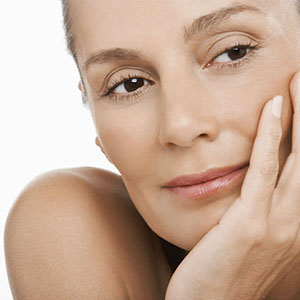Quick Enquiry
"*" indicates required fields
Photodynamic therapy (PDT) is a unique way to treat sun damaged, blemished and aged skin on all areas of the body.
PDT benefits include:
The treatment involves simple preparation of the skin for 2 weeks, application of a naturally occurring substance called 5-ALA (Aminolevulinic acid) to the affected area (e.g. face, arms, scalp, etc). When applied to the skin, the 5-ALA (Aminolevulinic acid) is absorbed into the abnormal or damaged cells, bacteria and oil glands.

Once absorbed, an LED light source is focused on the treated area for a period of time. When exposed to light, the abnormal skin cells, containing 5-ALA (Aminolevulinic acid), are selectively destroyed to ultimately reveal fresh, healthy skin cells, less acne, less sun damage and improved skin texture.
Signs of redness, peeling, scabbing are all indicators of a successful treatment. PDT targets damaged cells so the more scabbing and peeling, the more effective the long term results. Due to extreme sensitivity to light post treatment for a period of 24-48 hours, it is important to keep indoors as much as possible and keep treated skin covered and out of sunlight.
Though there are obvious cosmetic benefits to the use of Photodynamic therapy, this treatment also holds long term health benefits. The treatment is predominantly used to deal with solar damage. Aside from the decidedly unappealing look of the blotchy, white and dark areas that are found after ling-term damage to the arms, legs, torso and the face, these “sun-spots” can manifest into more dangerous conditions.
There are currently many practitioners world-wide that encourage the use of PDT not only as a cosmetic procedure, but as an annual preventative measure to treat and inhibit further sun-damage or acne.
"*" indicates required fields
